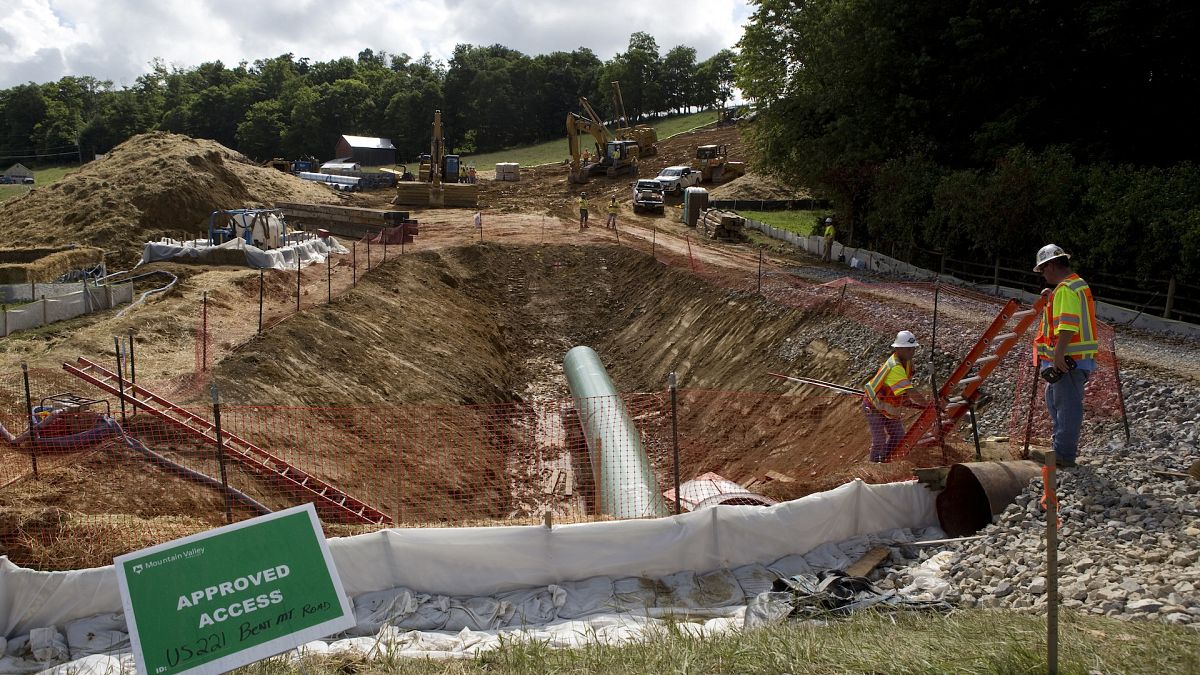Natural gas prices have surged over the past three months because of optimistic demand driven by a boom in AI consumption and its crucial role in the renewable energy transition.
In the world's transition to a low-carbon footprint, natural gas is expected to play a key role in supporting demand. Meanwhile, the artificial intelligence (AI) boom is set to spur its utilisation in electricity consumption. Since mid-April, the US natural gas futures prices have surged by approximately 62%, and the Dutch gas futures rose 18% due to intensified geopolitical tensions in the Middle East, reduced production in the US, supply disruptions in Norway, and expectations of growing demand.
Demand for natural gas is expected to grow
According to S&P Global Commodity Insights, "global power demand will increase by a third in the next 10 years, including data centre demand", and “natural gas will play an important role as a baseload source of power". Natural gas is expected to add 47 gigawatts per year over the period between 2024 and 2035.
A few sources indicated that gas demand will particularly grow in emerging markets in Asia due to a growing population, industrial development, and the shift towards decarbonisation from fossil fuels by the end of this century. While increasing LNG investments will boost supply in the short term, new projects will be required to meet long-term demand.
China's LNG-fuelled heavy-duty trucks surged by 459% in the first four months of this year compared with the same period in 2023, due to the lower costs of natural gas and its smaller carbon footprint compared to oil, based on Bloomberg's data. In March, China National Petroleum Corporation's Economics & Technology Research Institute forecast that electric vehicles and LNG-powered trucks would replace about 10% to 12% of diesel and petrol consumption in China this year.
Wells Fargo analysts forecast that electricity demand in the US will grow by up to 20% by 2030, driven by the increasing power requirements of AI. The AI data centre infrastructure is expected to add 323 terawatt hours of electricity demand, seven times greater than the current annual consumption in New York City.
The big tech companies, including Amazon, Alphabet, Microsoft, and Meta, are thriving in data centre infrastructure, which requires a huge amount of energy consumption. However, renewable energy alone will not be able to meet the surging demands in recent years, making natural gas an essential source of electricity supply. According to Goldman Sachs, natural gas may supply 60% of the power needed by AI, with the remainder accounted for by renewable energy.
A short-term supply crunch
On the supply side, production outages in Norway and reduced production in the US have also contributed to the price surge in natural gas in the past few months.
In early June, Dutch gas futures surged to €36.01 per megawatt-hour, the highest since December 2023, due to an outage at the Nyhamna gas processing plant in Norway. Since the Ukraine-Russia war started, Norway and the United States have overtaken Russia as the primary suppliers of natural gas to Europe. In 2023, Norway accounted for 30% and the US represented 19% of the gas supply in the EU. Meanwhile, the LNG supply from Russia also increased to 16%, a 40% rise from 2021. The reliance on gas imports poses significant risks to the region, although a quarter of these supplies were trans-shipped to Asia.
On the other side of the Atlantic, US gas production fell by approximately 9% in 2024 due to reduced drilling activities and delayed well projects. Gas output decreased to an average of 96.9 billion cubic feet per day in May from 98.1 billion cubic feet per day in April.
Looking ahead, a hot summer in the Northern Hemisphere could drive a further surge in demand due to cooling demand in households and early preparations in industrial facilities. Despite a retreat in prices in the last week, natural gas could still face upside pressure in the coming months.















